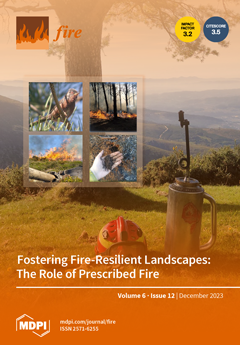Mineral oil resources are depleting rapidly, and the slower conventional oil biodegradation process results in environmental pollution. To resolve this issue, cupric oxide (CuO) nanoparticles (1% wt) were introduced into a base oil to improve the lubricating capability of castor oil. In addition,
[...] Read more.
Mineral oil resources are depleting rapidly, and the slower conventional oil biodegradation process results in environmental pollution. To resolve this issue, cupric oxide (CuO) nanoparticles (1% wt) were introduced into a base oil to improve the lubricating capability of castor oil. In addition, 1% wt. sodium dodecyl sulfate was also blended with the base oil in order to attain the maximum dispersion stability of CuO nanoparticles in the castor oil. Afterward, thermophysical property, atomic absorption spectroscopy, and Fourier transform infrared radiation (FTIR) testing of the lubricant oil sample were performed before and after 100 h of engine operations at 75% throttle and 2200 rpm for each lubricant sample in order to check the capability of the novel oil with mineral oil. Compared with the natural mineral oil, the behavior of the CuO-based lubricant has essentially the same physical features, as measured according to ASTM standard methods. The physicochemical properties like (KV)
40 °C, (KV)
100 °C, FP, ash, and TBN decrease more in the case of the synthetic oil by 1.15, 1.11, 0.46, 1.1, and 1.2% than in the conventional oil, respectively. FTIR testing shows that the maximum peaks lie in the region of 500 to 1750 cm
−1, which shows the presence of C=O, C-N, and C-Br to a maximum extent in the lubricant oil sample. AAS testing shows that the synthetic oil has 21.64, 3.23, 21.44, and 1.23% higher chromium, iron, aluminum, and zinc content. However, the copper and calcium content in the synthetic oil is 14.72 and 17.68%, respectively. It can be concluded that novel bio-lubricants can be utilized as an alternative to those applications that are powered by naturally produced mineral oil after adding suitable additives that further enhance their performance.
Full article





